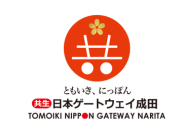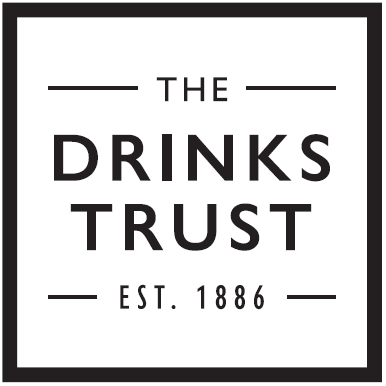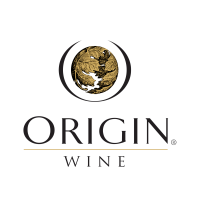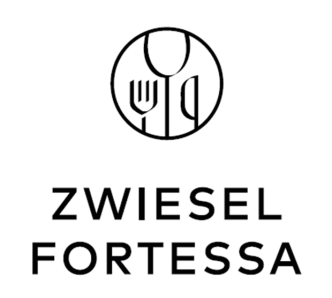More than 30 renowned sommeliers and beverage directors from four continents and 18 countries came together in the UK to taste the submitted wines and compile the list.

Jhonel Faelnar (above), from New York restaurant Atomix, presided over the selection process. He described the sommeliers who took part as having “palates that are already changing the way we drink and think about wine today”.
The idea behind the published list is to serve as a trusted reference for on-trade professionals, but it also gives an indication of what top sommeliers are seeking.
This year’s selection features wines from 19 countries spanning every colour, style and expression, from revered classics to emerging countries like the Czech Republic, Uruguay and Brazil.
The list can be found here. Sommeliers can search it by terroir (eg. high altitude, cool climate), seasonality or food pairings.
The results
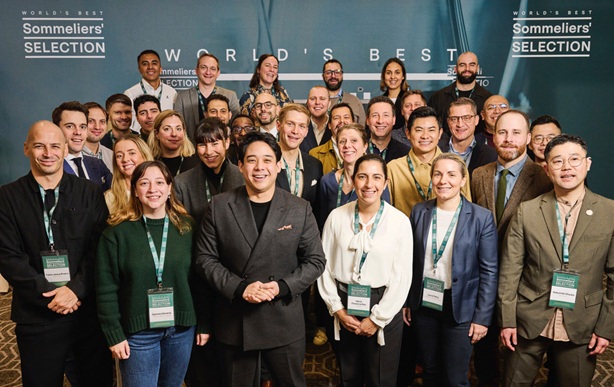
European wines make up over half of all wines in the final selection. However, they are not just from the historically renowned wine-producing countries of France, Spain, Italy and Portugal – there are also wines from Hungary and the Czech Republic on the list.
Italy dominates with 26 wines listed, more than any other country. Most of these wines are red. The selection includes seven wines made from Nebbiolo including those from esteemed producers like Marchesi di Barolo and organic winemaker Ceretto.
Valentina Abbona, part of the family-owned Marchesi di Barolo, commented: “We are thrilled to have not just one but two of our Barolo wines recognised in this year’s selection. In an increasingly competitive market, it is vital for us to maintain a cutting-edge on the world stage, so having our wines chosen by such a globally renowned group of sommeliers is invaluable.”
Of the seven white wines that made the final selection, three of those are Chardonnay, including a sparkling example from Cantina Rotari, as well as a complex 2018 bottle from Cantina Mezzacorona, which judges described as “loaded with lemon zest… generous lemon citrus and spice tones”, having a “long finish, and built to age”.
Northern Italy performed particularly well, with Piedmont (eight wines), Tuscany (seven wines) and Trentino Alto-Adige (six wines) all securing spots in the list.
Spain has 14 wines from five regions in the list. Native grape Tempranillo dominates the reds, with five of the seven reds featuring Tempranillo as the principle grape variety. Iconic winemaking regions Rioja (six wines) and Catalonia (three wines) lead the charge.
Clara Canals, winemaker at Bodegas Ysios in Rioja, said: “To have our 2021 Grano a Grano – literally translated to 'grain by grain' – featured is a true delight. This wine is a tribute to the care and dedication behind every grape selection, but also to the incredible colleagues and families who come together each October for our Grano a Grano event. It is a moment of shared passion, where tradition, craftsmanship, and teamwork come to life, making this recognition even more meaningful for all of us at Bodegas Ysios.”
Manuel Muga of Bodegas Muga in Rioja commented: “The opportunity to receive feedback from such esteemed professionals helps us refine our craft and reach new audiences around the world. It’s a unique opportunity for our wines to be considered by some of the most influential palates in the industry, and we’re thrilled to be part of this global conversation.”
'A great showcase of the wine style'Spain’s special fortified wines also impressed the sommeliers. The three standout examples of Sherry – an oloroso, palo cortado, and fino – came from Gonzalez Byass and Bodegas Espinosa de los Monteros. The sommeliers praised the wines as “a great showcase of the wine style” with “such an impressive nose”.
Portugal continued its growth on the global stage, with 10 wines from four regions earning spots in the selection. This reflects the increasing interest in Portuguese wines, particularly its reds, which accounted for six of the selected wines. All the reds originated from the Douro and showcased the quality of native grape varieties Touriga Franca (four wines), and Touriga Nacional (two wines). The country’s whites also made an impact, with two Vinho Verdes highlighting the growing popularity of this vibrant and fresh style.
Iconic port producer Graham’s, family-run Sogrape Vinhos, and Vinho Verde specialist Quinta de Soalheiro – whose 2023 Primeiras Vinhas was commended for its “excellent varietal definition” – secured places in the list, cementing Portugal’s reputation as a talented force in the world of wine.
Maria João Cerdeira, from Soalheiro, said: “It is incredibly rewarding to have our wines not only recognised for their quality but also their context, ensuring the hard work and craft which goes into every bottle is taken into consideration. Hearing the perspectives of such a diverse and talented group of sommeliers allows us to better understand the gastronomic qualities of the wines, while also providing a platform for increased global recognition.”
Austria (three wines), Czech Republic (three wines), Georgia (two wines), Germany (two wines) and Hungary (one wine) also gained spots in this year’s list.
Four Rieslings were included in the selection from both Germany and the Czech Republic, including one from historic German winery Schloss Johannisberg. Georgian producer Shumi claimed the only orange wine on the list, which sommeliers described as “rich and spicy” with a “complex, nice texture and very long finish”.
Marek Sedlacek, the winemaker at Gurdau Winery in Moravia, Czech Republic, says: “Our wines already stand out for their exceptional quality and complexity, but we are continuously striving for more. We are still on the path to wider recognition, so being featured in the World’s Best Sommeliers’ Selection this year is a significant step forward.”
'We are still on the path to wider recognition'

South American wines account for almost 20% of all wines in the final selection. Twenty-three South American wines from across four countries were recommended by the sommeliers, with 17 red wines and six white wines featuring in the list.
Claiming an enviable 13 spots, Argentina was the most featured South American country in this year’s selection. The country reaffirmed its position as a producer of first-class Malbec with six featured in this year’s selection. Successful producers include Familia Zuccardi and Catena Zapata.
White wines also left a lasting impression with six featuring in the final selection, including Bodega Colomé’s 2024 Torrontés which was praised by the sommeliers as “very intense and well defined” with a “long and lively” finish. While the prestigious Mendoza region dominated with nine wines, Salta (two wines), San Juan (one wine), and Patagonia (one wine) were also recognised for winemaking excellence.
Patricia Ferrari, co-owner of Bodega Casa Yagüe in Patagonia, says: “We are thrilled to have been featured in this year’s World’s Best Sommeliers’ Selection, with our Casa Yagüe Chardonay Elevage 2021 being recognised both for its taste and pure freshness as well as its unique ability to communicate the Trevelin terroir. We are confident this selection will act as an invaluable gateway to international recognition.”
Chile proved its winemaking prowess with five stellar wines featured in this year’s selection, all of which were red blends from the Rapel Valley. Four of the wines have Carménère as the principle variety.
Pioneering wineries Clos Apalta (three wines) and VIK (two wines) led the charge with wines described by the sommeliers as “powerful and complex”, “well balanced”, and with “outstanding definition”.
Charles de Bournet, owner and CEO of Clos Apalta in Apalta, comments: “Our winery is characterised by a family legacy in excellence and sustainability, so it is important for us to present every wine in its context. We are pleased to have been recognised by such a talented group of international sommeliers, and we hope the trade worldwide will use the World’s Best Sommeliers’ Selection to inform their next wine listings.”
Uruguay claimed four spots with red wines from across Maldonado and Canelones. Bold varieties took centre stage, with all four wines listing either Tannat or Syrah as the main variety. Sustainability specialists Sacromonte (three wines) and family-run Bodega Bouza (one wine) shone the torch for Uruguayan wine this year, with sommeliers describing their wines as “fresh and exciting”, “expressive” and “lively”.
Edmond Borit, founder of Sacromonte in Maldonado, points out: “Uruguayan wine is still seen as relatively niche on the world stage, though we believe our wines display consistent complexity, elegance, and skill. For this to be recognised by such a distinguished group of sommeliers is a brilliant chance to increase our recognition worldwide.”
One Brazilian wine made the final selection this year: a Cabernet Franc and Merlot blend produced by Casa Tés in Vale da Grama, which sommeliers described as a “powerful red” with aromas of “herbs and red fruits” finished with “a touch of mint”. Established just eight years ago in 2017, the winery has distinguished itself with wines which convey the rugged topography and high-altitude of the vineyard.
Pedro Testa, founder of Casa Tés in São Sebastião da Grama, says: “Waving the flag for Brazilian wine in this year’s World’s Best Sommeliers’ Selection is a real honour. Produced on often challenging terrain, our wines truly reflect their unique terroir, so it has been a delight to share this with the sommeliers.”
During the tasting, the sommeliers had access to the backstory and videos for each wine. The panel provided tasting notes and food pairing suggestions. The sommeliers were then able to discuss the wine and come to a consensus decision on whether the wine would be included in the World’s Best Sommeliers’ Selection 2025.


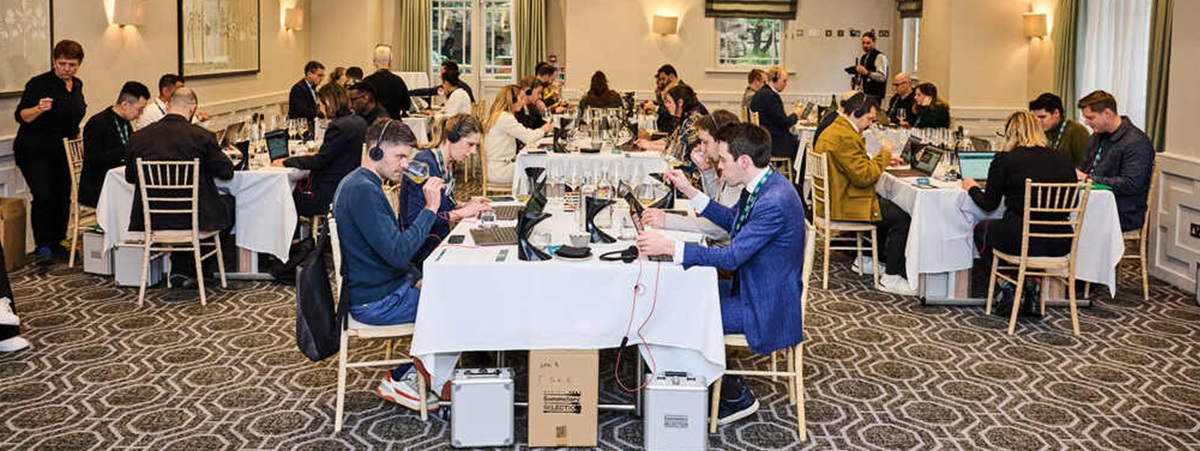




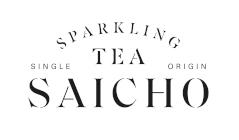




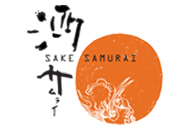
.png)
